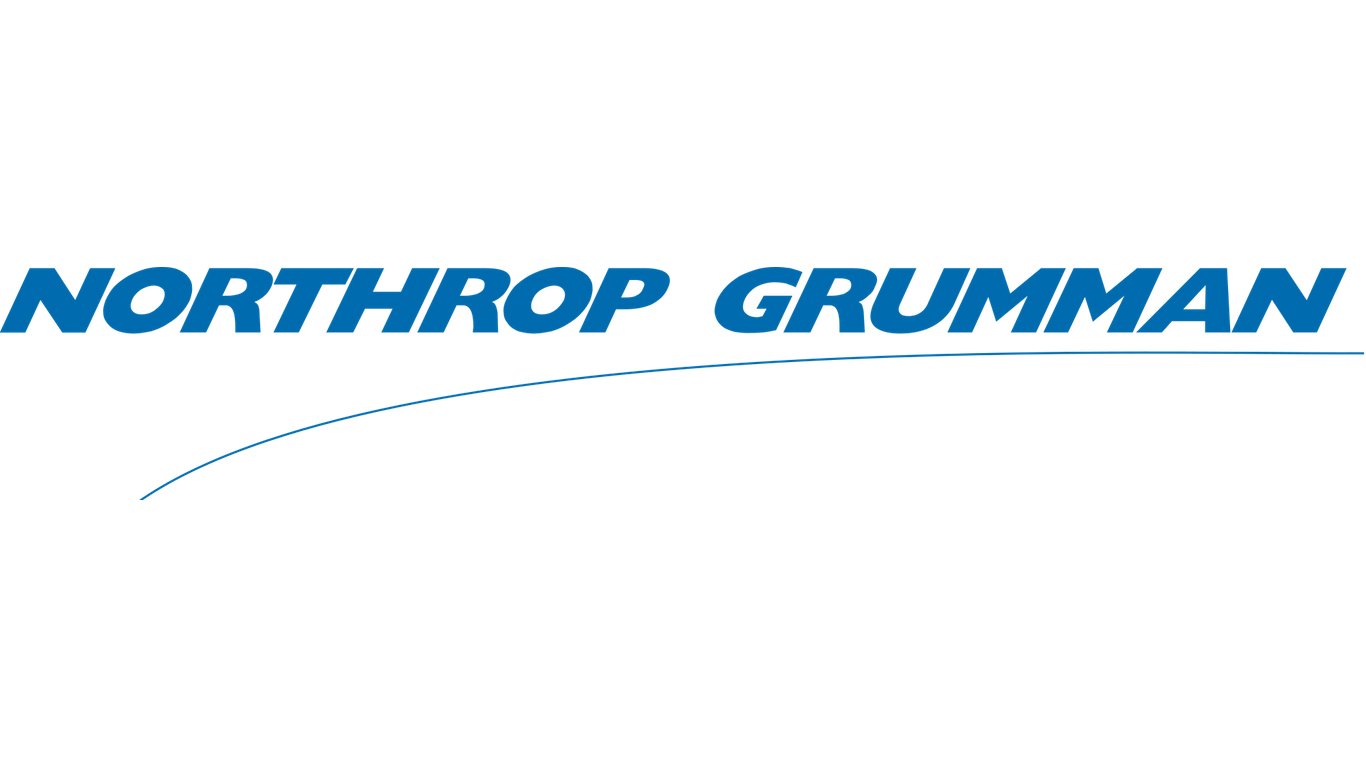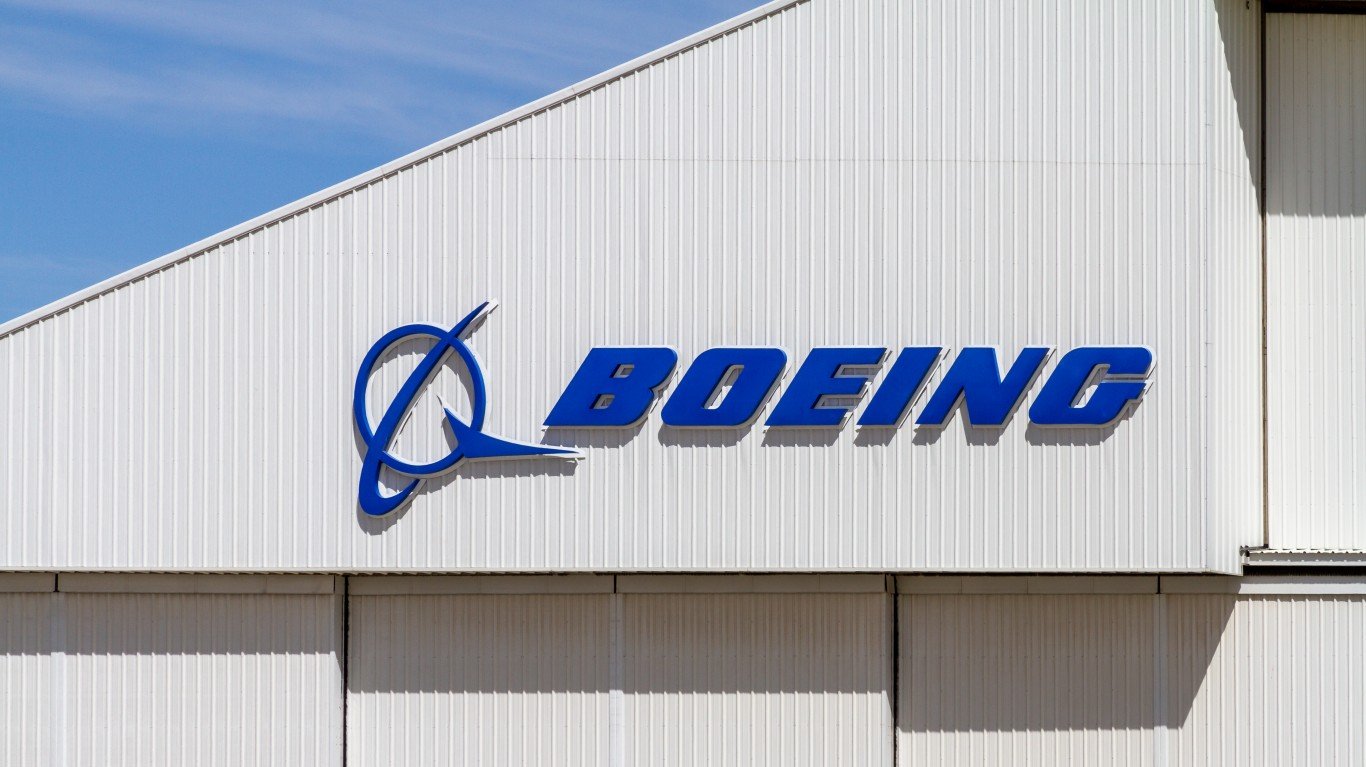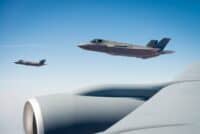

While stocks rallied last week, some investors are still looking for industries less likely to be impacted by the ongoing coronavirus pandemic. Even as some states are reopening, experts fear unemployment could hit 20%. Clearly, a long recovery is ahead.
Defense has historically been an attractive sector during economic downturns. Last year’s defense spending bill was a whopping $738 billion, about one-sixth of Washington’s spending. Similar allocations are expected for the coming period, though Congressional observers anticipate a robust debate about the military budget.
Compared to many stocks, defense and aerospace giant Northrop Grumman Corp. (NYSE: NOC) has had an OK year. The stock is down less than 5% year to date, beating the S&P 500. The 52-week range is $263.31 to $385.01.
Stock Immune to the Virus?
NOC is in the “buy” category for most analysts right now, with an average target price around $396. The company recently reported first-quarter sales up 5% to $8.6 billion from $8.2 billion in the first quarter of 2019. Net quarter earnings increased 1% to $868 million, or $5.15 per diluted share. This was lower than analyst expectations, which caused the stock to dip two weeks ago.
The good news is that the Falls Church, Va.-based company doesn’t expect major impacts from the pandemic. Due to COVID-19, Northrop Grumman updated its 2020 guidance for sales to between $35 billion and $35.4 billion, a little less than 1% lower than prior guidance.
“Our facilities remain open, and we are taking extraordinary measures in an effort to maintain healthy working condition,” said CEO Kathy Warden in a recent call with analysts. “These include implementing staggered shifts, health monitoring, social distancing, face coverings and more robust cleaning.”
CFO David Keffer added: “While there can be no assurances as to the future impacts of the pandemic, our guidance assumes that we’re able to offset higher COVID-19 related costs with other cost reductions. It also assumes that supply chain and labor impacts are greatest in the second quarter and that operational pace recovers in the second half of the year.”
Out-of-This-World Spending
Warden points out that the White House is asking for a bigger defense spend. “The Department of Defense, our primary customer, is seeking robust fiscal 2021 funding which will be the subject of congressional debate later this year,” she said. President Trump has proposed increased funding for hypersonic weapons, missile defense, space programs and cyber systems.
Trump’s Space Force should be a growth area for Northrop Grumman and competitors. The sixth branch of the U.S. Armed Services was officially created in December. “We certainly have good exposure with hypersonics and other advanced weapons now in the portfolio and expect that we can continue to grow off of what is today a small base, but an area where we expect to have significant demand,” Warden said.
In a dreadful employment environment, Northrop Grumman is actively recruiting for 10,000 open positions. The company brought on 3,500 new employees in the first quarter.
For comparison, competitor Lockheed Martin Corp. (NYSE: LMT) is looking to fill 4,600 roles. The Bethesda, Md.-based company hired over 2,300 employees since the COVID crisis began.
Lockheed Martin also expects to mostly weather the COVID crisis. The company had strong earnings for the first quarter, and so far has left its 2020 guidance unchanged. At $375, the stock is down 3.65% year to date, with a 52-week range of $266.11 to $442.53.
Raytheon Technologies Corp. (NYSE: RTX), with greater exposure to the commercial airliner business, has seen a bigger impact. The company is furloughing some workers and cutting $2 billion in costs. Raytheon completed its merger with United Technologies last month.
General Dynamics Corp. Inc. (NYSE: GD) is also looking to fill several thousand positions, though it did lay off 700 workers at its Gulfstream subsidiary.
Budget Fight in Washington
While defense stocks have traditionally done well in down markets, the COVID crisis is unique. The coronavirus relief bills (with more expected) have ballooned the national deficit, which was out of whack even before the pandemic. The federal deficit could hit an all-time record of $3.7 trillion this year, according to the Congressional Budget Office.
Some analysts think the best-case scenario for the Pentagon would be flat spending. But many think cuts are possible. “It’s logical to assume that we are going to have to reevaluate our entire budget, both revenue and expenditures,” House Armed Services Committee Chairman Adam Smith (D-Wash.) told The Hill newspaper.
In the wake of COVID-19, some Democrats are arguing for shifting defense spending toward public health. “Lawmakers must view issues like climate change, biosecurity, cybersecurity and this pandemic as serious and real national security threats facing our nation,” Rep. Ro Khanna (D-Calif.) told The Hill. “For too long, we were myopically focused and spending trillions on traditional national security issues like terrorism and ‘great power’ politics.”
Still, the military threat from China and Russia isn’t going away. It’s sure to be an intense fight on Capitol Hill, particularly in an election year.
Sponsored: Want to Retire Early? Here’s a Great First Step
Want retirement to come a few years earlier than you’d planned? Or are you ready to retire now, but want an extra set of eyes on your finances?
Now you can speak with up to 3 financial experts in your area for FREE. By simply clicking here you can begin to match with financial professionals who can help you build your plan to retire early. And the best part? The first conversation with them is free.
Click here to match with up to 3 financial pros who would be excited to help you make financial decisions.
Thank you for reading! Have some feedback for us?
Contact the 24/7 Wall St. editorial team.
 24/7 Wall St.
24/7 Wall St.